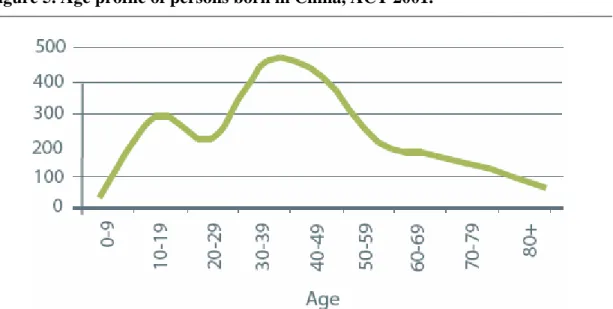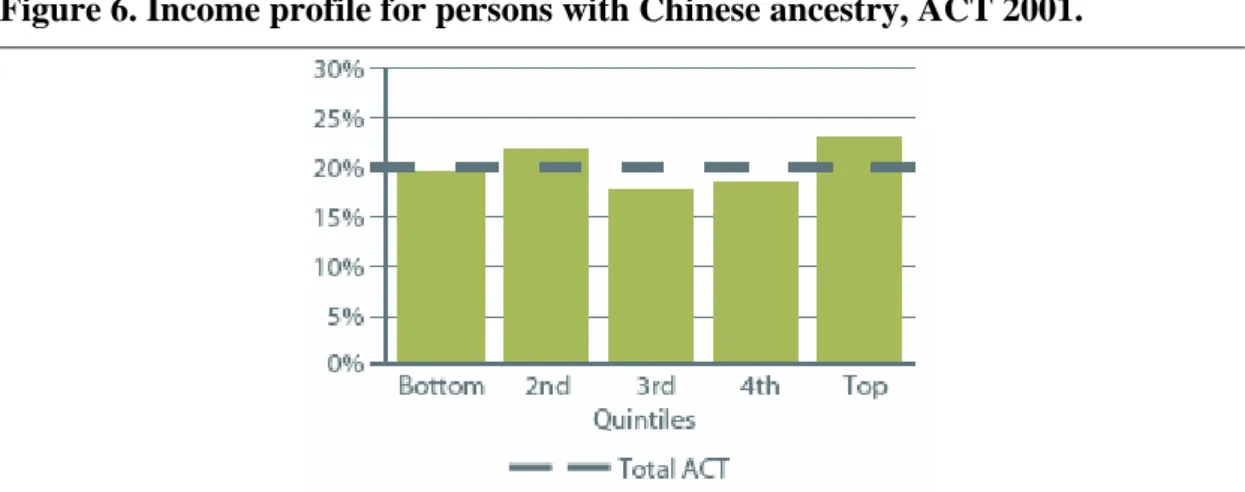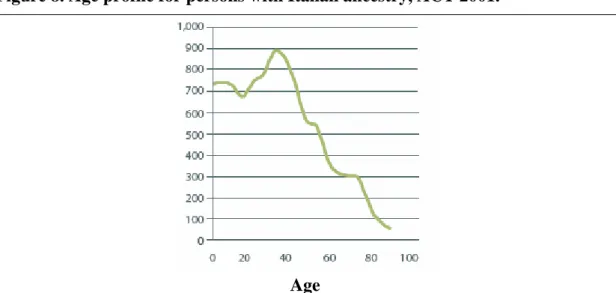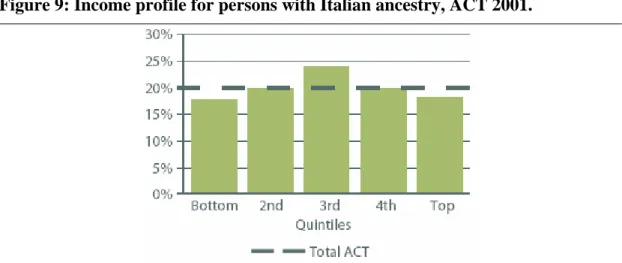It provides insight into the problems from the perspective of these groups, for example the nature of problem gambling and the way people respond to it. The small number of self-identified problem gamblers identified in this study cannot be used to estimate the prevalence of problem gambling in the ACT.
T ERMS OF R EFERENCE
R EPORT S TRUCTURE
This project was essentially brought about as a result of three government inquiries into the impact of problem gambling in the Australian Capital Territory (ACT). Previous Australian research has shown that problem gambling can affect both men and women, and that EGMs are the most dominant form of gambling for problem gamblers.
P RODUCTIVITY C OMMISSION I NQUIRY
Men make up 71% of the ACT problem gambling population, compared to 60% of Australians surveyed with a gambling problem. Problem gamblers in the ACT are also far less likely to be married or live with a partner - only 30% of the population surveyed.
S TATUS OF W OMEN IN THE ACT
We are also aware of the finding in the 2001 ACT Gambling Survey that young young men in the ACT are 'at risk' of problem gambling. With a specific focus on gender and cultural groups, this study examines in more detail the experiences of problem gamblers and their friends and family when seeking help.
G AMBLING AND P ROBLEM G AMBLING
The Productivity Commission also reported that problem gambling does not only affect individual gamblers; it also impacts on families, other groups and the community as a whole. Rather than a problem of individual pathology or psychological disorder, the prevailing view in Australia is that problem gambling occurs when gambling results in harm to the individual gambler, his/her family and/or the community.36.
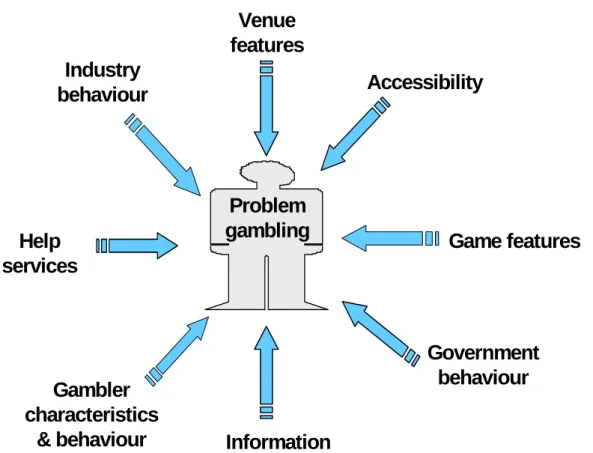
G ENDER
C ULTURAL G ROUPS
The ASCCEG is designed to be used to classify information related to a number of socio-cultural factors such as origin, ethnic identity and cultural diversity. The definition of ethnicity in the ASCCEG is based on the principle of self-assessed identification with a cultural group.42.
F AMILY , F RIENDS AND C OMMUNITY
In contrast, the historically determined approach may indicate that individuals are part of a particular cultural group with which they have no affinity. Gambling can undermine certain societal norms and some people may feel offended simply by living in a gambling culture … [although] the Commission received little specific evidence on how it has affected societal norms … or social cohesion'.51.
P OLICY AND R EGULATORY I NITIATIVES IN THE ACT
In addition, the Commission has developed education and awareness programs to ensure that various populations within the ACT community are informed about problem gambling issues and services. This ensures close liaison between the Commission and relevant community organizations in harm minimization strategies and problem gambling support.
P ROBLEM G AMBLING S ERVICES IN THE ACT
Lifeline
At the time of this study, Lifeline is the only funded problem gambling service provider in the ACT. In the 2002-03 financial year, Lifeline gambling counseling was available 38 hours per week.68 This compares with 22 hours per week and two after-hours appointments available to clients each week in the 1999-2000 financial year.
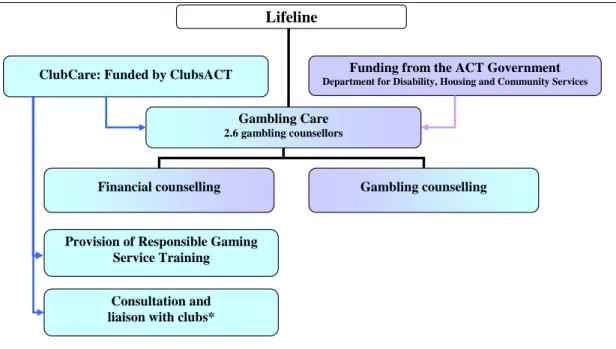
Other gambling counselling services
In the 2002-03 annual report, the table of 'gender' data is reported as 'only new customers with a gambling problem'; the "age of new clients" table is reported as "excluding family members"; and the 'major type of gambling' table is reported as 'new customers only'. Community education programs to raise awareness among ethnic communities about the impact of problem gambling on individuals and families.
A SSUMPTIONS OF THE R ESEARCH
This research project used a range of conventional qualitative approaches, including an extensive literature review, community consultation, in-depth interviews with stakeholders, including people who had or were considering seeking help for problem gambling. It begins with an overview of the broader issues affecting the research project and chosen methodology, and then moves on to the more detailed specifics of the data collection phase of the study.
E THICS AND R EVIEW P ROCEDURES
ANU Human Research Ethics Committee
The project proposal was reviewed by the ANU Humanities Research Ethics Committee, which must comply with the joint National Health and Medical Research Council/Australian Vice-Chancellor's Committee on Research Practice Guidelines (1997). Minor changes to the proposed methodology were also submitted to the ANU Human Research Ethics Committee as they occurred.
Centre for Gambling Research Code of Practice
The Human Research Ethics Committee considers the ethical implications of proposals for all research projects that involve or have an impact on human subjects to determine whether or not the proposals are acceptable on ethical grounds and comply with the National Health and Medical Research Council's National Statement on Ethical Conduct in Research. Involve People (1999).
Community Advisory Group
The assistance and guidance received from the above CAG members ensured ongoing community and industry contribution to the research. In addition to the above CAG members, invaluable help was provided by other community organizations and groups (Appendix A).
P RINCIPAL STEPS IN THE RESEARCH STRATEGY
- Literature review and desk research
- Qualitative field research
- Semi-structured interviews
- Interview procedures and protocols
- Interview questions
- Focus groups
Meetings with individual CAG members took place throughout various phases of the research project as a formal part of the research process. Members of the ACT Legislative Assembly who had contributed to the ACT Status of Women Report were also sent copies of the research proposal and were invited to contribute to the study.
I NTERVIEWEE RECRUITMENT
Recruitment of problem gamblers and their friends and families
A short notice was placed on several occasions in May in the "Fridge Door" section of the Canberra Times inviting participation (see Appendix D). Fridge Door' is a free community notice board for non-profit organizations and published in the Canberra Times daily except Sundays.96.
Recruitment of knowledgeable stakeholders
As with the interviews with the gamblers and family members, the interviews with these knowledgeable informants were approximately 1½ - 2 hours in duration and at least two members of the research team were present during the interviews. Interviews with gambling service providers were all conducted at the CGR while interviews with community representatives were conducted at a variety of locations, including the organization's office.
D ATA ANALYSIS
However, despite the research team's best efforts, we were unable to recruit players for interview from the nominated cultural groups. Although we provided information for distribution by Lifeline, Betsafe and the various cultural community services, only two volunteers were recruited through these agencies; both were members of the original community.
L IMITATIONS OF THE RESEARCH
This migration pattern is also reflected in the age profile of overseas-born Canberrans. The main reasons for settling in the ACT are similar to the reasons for migrating to other parts of Australia.
C ULTURAL GROUPS FOR STUDY
However, principal applicants are more likely than their spouses with the same visa.112. This reflects the integrated social makeup of Canberra, which is a relatively homogenous city both socially and demographically, especially when compared to other Australian cities.
T HE C HINESE COMMUNITY IN THE ACT
Of the NESB population in the suburb of Acton (where ANU is located), 36.3% are Chinese. However, 24.2% of the Chinese community in Canberra consider themselves not fluent in English.
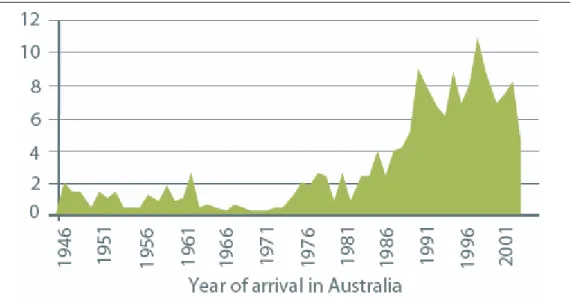
T HE I TALIAN COMMUNITY IN THE ACT
The responsibilities of the father are to manage the family resources (business), spiritual affairs and personal affairs. The average age of overseas-born Italians is more than double the average age of the Australian population in general.
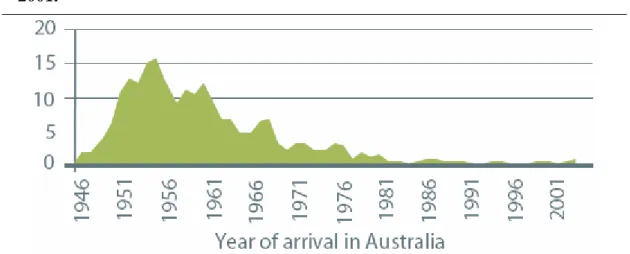
T HE C ROATIAN COMMUNITY IN THE ACT
Most of the inhabitants with Croatian ancestry live in the Gungahlin region where almost 4% of the total population is of Croatian background. In terms of total numbers, five of the six suburbs with the largest population of Croatian speakers are in Canberra's northern suburbs.
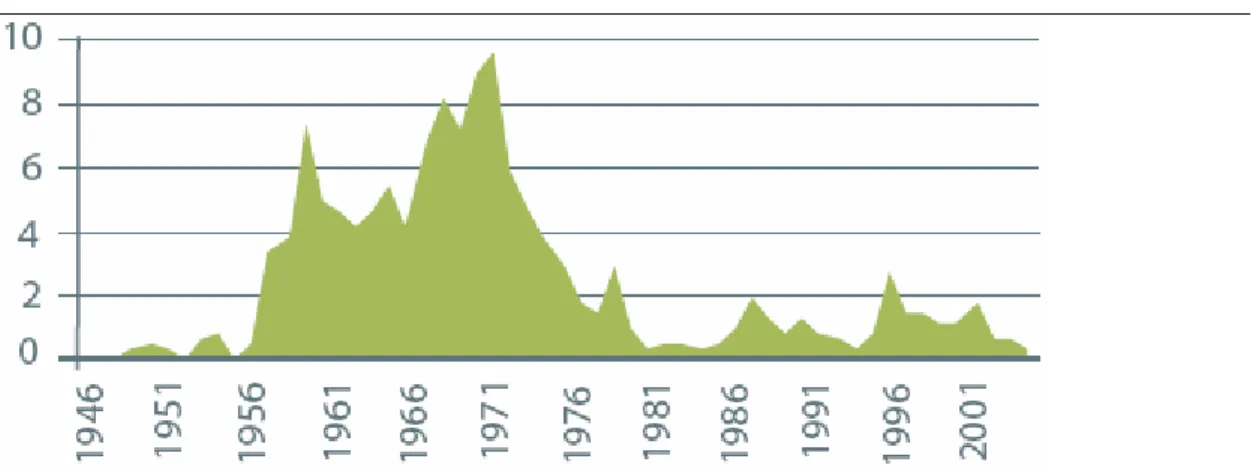
T HE G REEK COMMUNITY IN THE ACT
However, compared to national figures, the ACT has a lower proportion of total residents who speak Greek (6.7% in Canberra, compared to 9.2% nationally). It is noteworthy that a greater proportion of Greek speakers are born in Australia than are born overseas, a factor that contributes to the relatively high language retention rate of 65.9%.135 A large proportion of the Greek-speaking community over 65 have also low English skills (43.1) %).
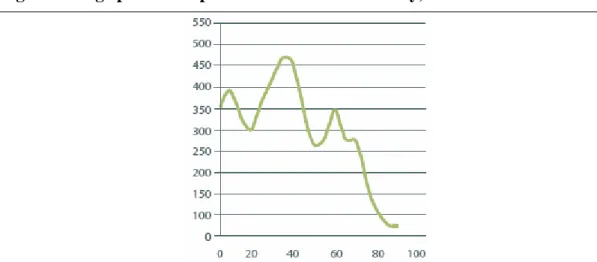
T HE V IETNAMESE COMMUNITY IN THE ACT
At the 2001 census, 0.6% of the total ACT population was born in Vietnam and 0.9% of the population had Vietnamese ancestry.137 This amounts to 2,209 and 2,656 persons respectively.138 Large numbers of Vietnamese speakers live in suburban areas in both the north and the south of Vietnam. Canberra. Vietnamese is the fourth most spoken language in Canberra (0.9% of the ACT population), especially in the young adult and adult age group.
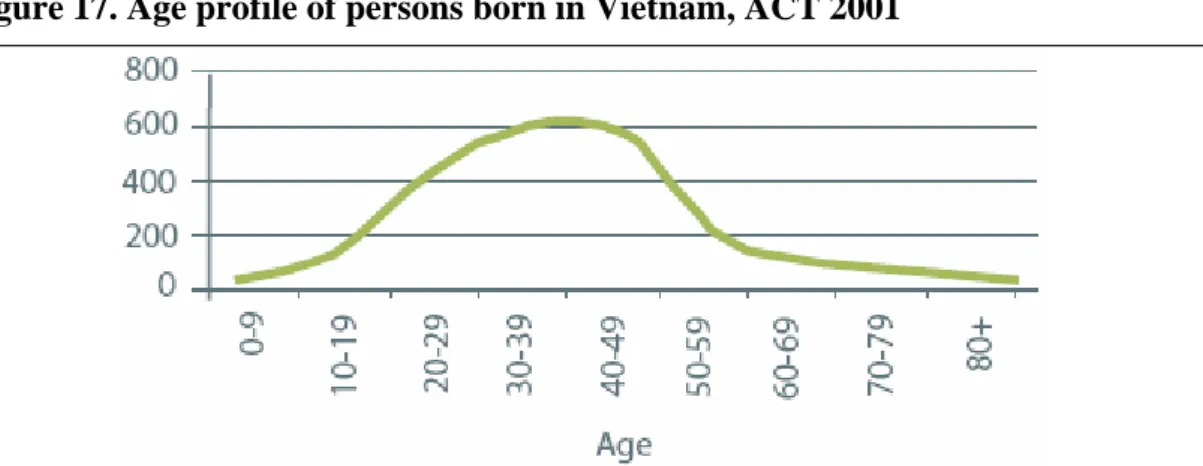
T HE A RABIC COMMUNITY IN THE ACT
Notable is the high level of welfare receipt in the Arab community in Canberra. This is evident on several measures, with over 60% of people born in the Middle East receiving some Centrelink payments, including;.
T HE I NDIGENOUS COMMUNITY IN THE ACT
C ULTURAL COMMUNITY CLUBS
As mentioned previously, despite the growing research and literature on gambling in Australia, there has been limited research focused specifically on the help-seeking strategies of problem gamblers, their friends and families. It is far from a comprehensive review; we have focused on research that contributes to an understanding of the relationships between gambling, gender, different cultural groups, and help-seeking.
G ENDER AND GAMBLING
Women and gambling
These changes have prompted several Australian studies to specifically understand women's gambling behavior and its effects. Most of this research has involved quantitative analysis, often examining women's gambling behavior as part of more general community surveys.
Men and gambling
A Victorian study reported that men with gambling problems were more likely to commit illegal acts or jeopardize relationships, jobs and education than women; and. Men are less likely to seek help if they perceive other men on their social networks to be dismissive of the process.
C ULTURE AND GAMBLING
- The Arabic community and gambling
- The Chinese community and gambling
- The Italian community and gambling
- The Croatian community and gambling
- The Greek community and gambling
- The Vietnamese community and gambling
- Gambling in ATSI communities
Despite the popularity and acceptance of gambling in the community, problem gambling is recognized as a serious issue for both men and women. Similarly, the 2001 ACT Gambling Survey found no evidence of problem gambling in the Aboriginal community in the ACT.
P ROBLEM GAMBLING , CULTURE AND GENDER
However, in a 2001 needs analysis, service providers working with ATSI people in the ACT suggested that Indigenous people may not self-identify as having a gambling problem, even though there is gambling-related harm that affects on their lives. To examine in detail how gender and cultural factors shape women's lives and the actions they take to address issues important to them, Brown and her colleagues conducted a series of related research projects focused on the social consequences of gambling for women.240 A study of gambling counselors in Victoria explored their experiences of helping women affected by gambling and identified a number of limitations to counselors' ability to effectively provide appropriate services to their culturally and socially diverse clients. different ages and backgrounds attributed to gambling, Brown et al.
G ENDER , CULTURE AND HELP - SEEKING BEHAVIOUR
A large body of empirical research in a wide range of public health areas has shown that "men are reluctant to seek help from health professionals" for problems. Shame and loss of face: For many cultural groups, gambling is often a 'hidden issue rarely discussed in public'.253 In such communities, problem gambling is a 'private matter, rarely discussed outside the family',254 and a .
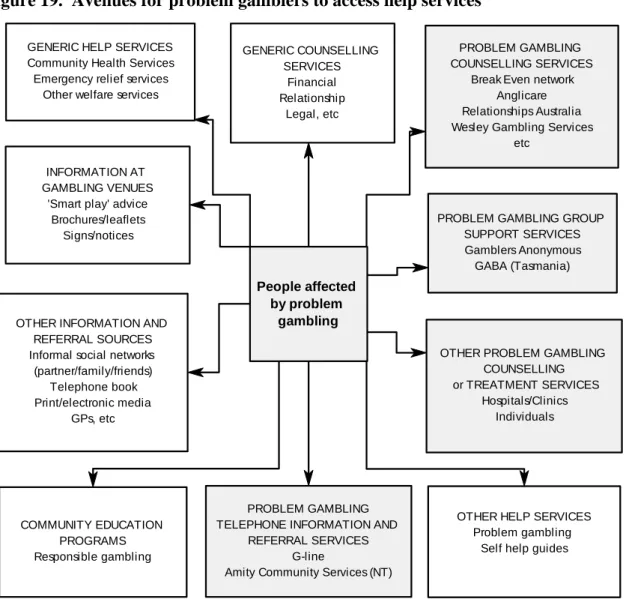
S UMMARY
The topic of problem gambling is obviously a sensitive one, especially in some of the communities selected for this study. Several of the cultural community leaders also indicated that they would attempt to recruit people with gambling problems, or family members and friends for interviews.
V IEWS OF SERVICE PROVIDERS
They report that factors leading to problem gambling 'are the same as for people from Anglo-Celtic backgrounds': false beliefs about gambling, social isolation, escapism, low self-esteem, grief and loss, and 'personality disorders'. They arrive at the back entrance of the club to a small room; they don't have to go upstairs.
V IEWS OF CULTURAL COMMUNITY LEADERS
Views of gaming industry representatives
They reported that Canberra Casino and the Dickson Tradies Club attracted a relatively large 'Asian' clientele, estimated to be about a third of the total patronage. A ClubsACT representative reported that Clubcare had initially put a lot of effort into trying to involve the Chinese community, but without success.
Views of other community groups
Finding problem gamblers to interview was recognized as the most challenging part of the study. Nevertheless, their detailed personal accounts of the way problem gambling has affected their lives and their experiences of seeking help provide valuable insight into the day-to-day reality of problem gambling in the ACT.
P ROFILES OF PROBLEM GAMBLERS , THEIR FAMILY AND FRIENDS
Her close relationship with her daughter prompted her to seek help – she didn't want to lie about her gambling. Case Study 1: Wife of a problem gambler who separated from her husband last year because of his gambling.
D EFINING PROBLEM GAMBLING : THE NATURE OF THE PROBLEMS
The family and friends of problem gamblers interviewed in this study tend to contextualize the gambling problem in terms of the particular circumstances they themselves have experienced. I am afraid that our children will follow in their father's footsteps and develop the gambling habit as well.
G AMBLING HISTORY AND DEVELOPMENT OF PROBLEM GAMBLING
- Life changes and development of gambling problems
- Easy access to gambling
- Alcohol and gambling
- The lure of the game
- The costs of gambling
- The shame of gambling
Young people these days want to be entertained and that's why they go to the club - and some start playing the slots and get into trouble. I donated money to extend my time at the club so I didn't have to go home.
H ELP - SEEKING BEHAVIOURS
- Informal avenues for help
- Formal avenues for help
- Reasons to seek help
- Experiences of help-seeking
They did not refer me to anyone and told that they can only do anything if my husband is willing to accept counselling. They did not refer me to anyone and told that they can only do anything if my husband is willing to take counselling.
B ARRIERS TO HELP - SEEKING
Failure of others to understand the problem
Help organizations operate in their own little worlds – they won't tell you about anyone else. We originally chose this counseling service because the women on the phone didn't sound patronizing.
Shame and stigma
One technique I used was to go to a club alone to create some sort of embarrassment. She did not want others to know she had a problem and was not keen on group counseling.
Inadequacy of services on offer
She had textbook answers to my problems and didn't really know much about problem gambling. I thought he was psychotic or crazy but they wouldn't see him because I didn't call them when he was violent towards me.
T HE GAMBLING ENVIRONMENT
I once lost $30,000 in two days at the same club...and no one from the club ever got back to me. The club never approached me about drinking and they continued to serve me drinks.
A LTERNATIVE SUPPORT STRATEGIES
Removing the bill acceptors would be an effective deterrent as using only coins slows me down. Community education would be good by presenting the signs and effects of problem gambling.
P ROBLEM GAMBLING
The exact nature or extent of problem gambling in ACT cultural communities is little understood. Many reported that their 'problem' gambling was episodic, with intermittent periods of controlled gambling and problem gambling.
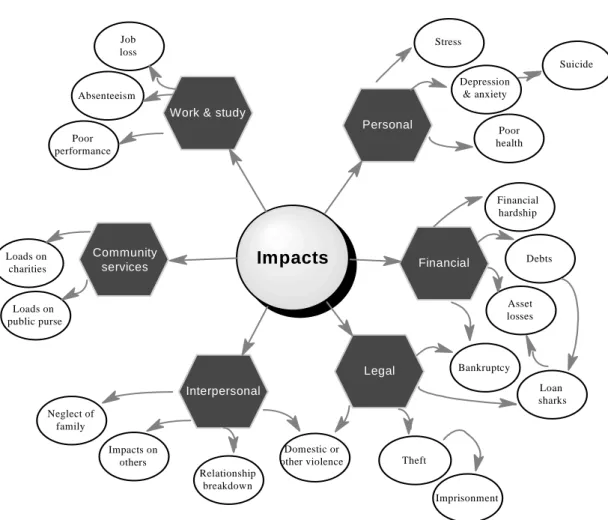
F ACTORS IN THE GAMBLING ENVIRONMENT
Family members confirmed the significant role that accessibility to club gambling played in the development of gambling problems: 'The problem is that the clubs are right in your face here in Canberra'. The majority of interviewees expressed concern and frustration with aspects of club operating practices which they perceived as contributing to the development of problem gambling.
F ACTORS THAT PROMPT PEOPLE TO SEEK HELP
Several interviewees tried a variety of strategies to limit or avoid visiting clubs, reflecting the impact that easy access to gambling and the attractiveness of gambling environments has on gamblers and their families. Strong criticism was voiced about easy access to gambling money from ATMs, the availability of note acceptors on slot machines, the use of "loyalty" cards to reward players, club marketing and promotional campaigns, and the serving of alcohol to players.
H ELP - SEEKING BEHAVIOUR
The majority of gamblers and family members interviewed for this study had sought professional help for their gambling-related problems from a wide and varied range of other community agencies and other professionals in the ACT. All family members interviewed for this study wanted a place where families could go for help and support.
B ARRIERS TO HELP - SEEKING
Family members also acknowledged the shame experienced by a family member with a gambling problem: "I covered for him because it was such a shameful situation". Some people reported that they avoided telling close family members and friends for fear of losing their respect.
S UMMARY OF F INDINGS
Improvements to the Lifeline gambling services and community education since 2001 appear to have had some positive effects,279 but evidence from this study indicates that there is still a need for a wider range of support services that are more appropriate for the diversity of gambling problems, is experienced. . In general, gamblers and family members turned to a wide range of other services for help with their gambling problems.
R ECOMMENDATIONS
Building community resilience to gambling problems
A key objective for harm minimization would be to strengthen the capacity of the community and families affected by problem gambling to provide essential support, prevention and early intervention strategies. Other community groups that have expressed their interest in participating in such partnerships to address problem gambling are the AMA (ACT Branch) and the newly established School of Medicine at ANU, which is considering a gaming component of luck in the planned course of the Social Foundations of Medicine (National Center for Epidemiology and Population Health).
Integrated multi-modal strategy for support services
We also propose developing gender-specific initiatives, including non-traditional services, to address the specific issues and needs of men and women affected by gambling addiction. Education about problem gambling and available support services should be directed to friends and families, including cultural communities.
Research support
Measuring gambling and problem gambling in Alberta using the Canadian Problem Gambling Index (CPGI): Final report. If you are from the ACT or Queanbeyan, we are interested in your experiences of seeking help for problem gambling.

